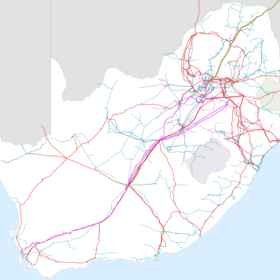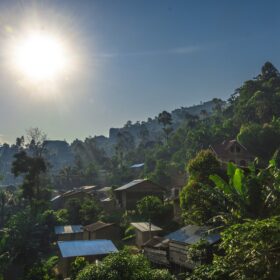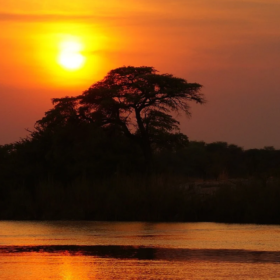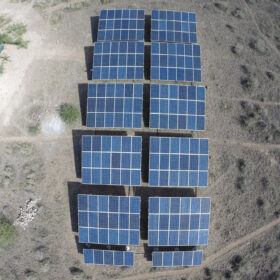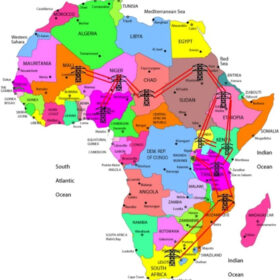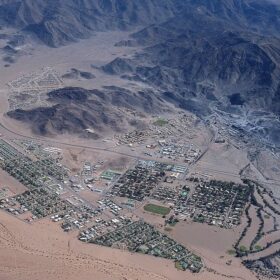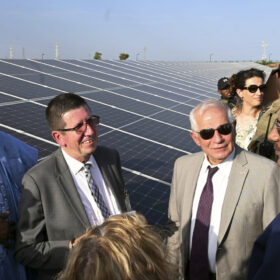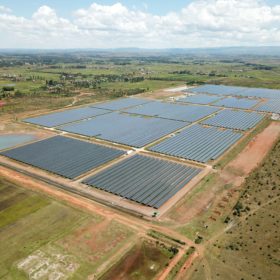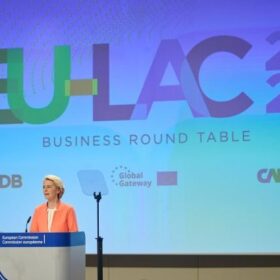South Africa moves forward with plans to split Eskom into separate entities
The National Energy Regulator of South Africa (NERSA) is moving forward with plans to split Eskom into three separate entities. NERSA has granted the National Transmission Company of South Africa the authority to function independently from Eskom, while South Africa’s National Treasury is working on a bill to address the troubled national utility’s ZAR 423 billion ($23 billion) debt burden.
East African Power to build 266 MW of solar under PPAs in Congo
East African Power says it will build two 133 MW solar projects. The installations have 20-year power purchase agreements (PPAs) with the national utility, Société Nationale de l’Electricité (SNEL).
Botswana launches tender for solar plants
Botswana Power Corp. has launched a tender for the development, financing, construction, operation and maintenance of three solar power projects in Maun, Lobatse and Ghanzi.
The Hydrogen Stream: Gasunie reports strong interest in salt cavern H2 storage
Dutch gas supplier Gasunie says several market participants have reserved capacity in the first salt cavern for large-scale hydrogen storage near the Dutch city of Groningen. According to current planning, the first cavern will be operational by 2028.
Building to last in the Global South
PV initiatives should be designed to last, as several well-meaning off-grid solar projects for the developing world have floundered over the years.
Transnational grid across Sub-Sahara Africa may help spur renewables deployment
An international research group has proposed to build a Sub-Sahara Africa (SSA) central grid across 12 countries in order to reduce energy poverty. The proposed transmission line would touch Mali, Niger, Nigeria, Chad, Sudan, Ethiopia, Uganda, Kenya, Tanzania, Burundi, Mozambique, and South Africa.
Namibia kicks off tender for 70 MW solar plant
Namibian utility NamPower is seeking an engineering, procurement, and construction (EPC) contractor to build a solar farm in Rosh Pinah, a southern mining town. The project was originally designed for wind power generation.
Niger commissions 30 MW solar plant
A French consortium featuring Akuo and Sagecom has built a 30 MW solar plant in Niger. The European Union, the French Development Bank and the government of Niger co-financed the installation.
Madagascar launches tenders for 210 MW of PV
Madagascar has tendered a 200 MW solar project near Antananarivo and a 10 MW facility on its north coast.
The Hydrogen Stream: EU, Argentina, Chile, Uruguay to partner on hydrogen
The European Commission and the European Investment Bank have agreed to collaborate with Argentina, Chile and Uruguay on hydrogen, while Masdar, Mitsubishi and Inpex have said that they will use green hydrogen to produce e-methane and polypropylene.
